[Compact Response]
Producing a 50/50 mixture of methanol and water is a straightforward process often used for various applications like fuel blends or antifreeze. Here's a simple method:
1. Safety First: Wear protective gear like gloves and goggles since methanol is toxic and flammable.
2. Measure Accurately: Gather equal volumes of methanol and water. You can use a graduated cylinder or a measuring cup for precision.
3. Mixing: Pour the methanol into a clean, non-reactive container (preferably glass or plastic). Slowly add the water while stirring gently to combine.
4. Double-check: Verify the ratio before use. If needed, use a hydrometer to measure the solution's specific gravity.
Remember, this mixture can be hazardous; handle it with care, store it properly, and avoid ingestion or skin contact.
Recommended Suppliers
-
 5xiaominrenminbiAAABBB
5xiaominrenminbiAAABBB -
 4xiaominrenminbiAAABBB
4xiaominrenminbiAAABBB -
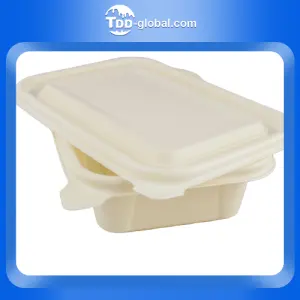 XH-500F Cornstarch 500ml rectangle food container
XH-500F Cornstarch 500ml rectangle food container -
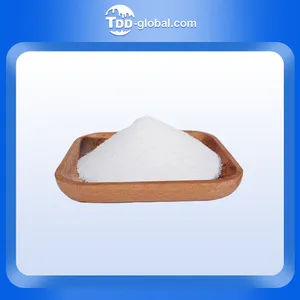 Food Grade D-Ribose
Food Grade D-Ribose -
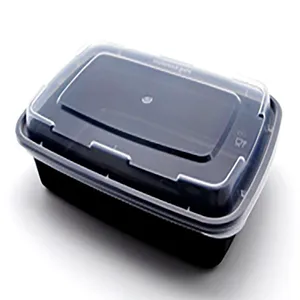 TO-JH16
TO-JH16 -
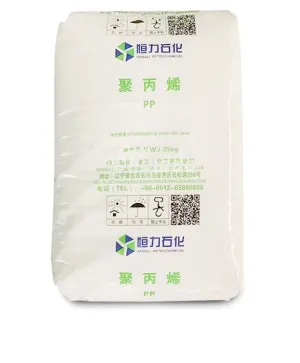 PP Injection MM70
PP Injection MM70 -
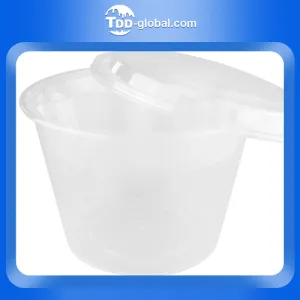 Y1750 disposable plastic 1750ml bowl food container
Y1750 disposable plastic 1750ml bowl food container
- •how to make 50 50 methanol
- •how many crankshafts are in a v8 automobile engine
- •low carbon dioxide in blood
- •how to make 50 50 methanol
- •Main application areas of talc powder
- •Longsheng Talc creates the world’s industrial “MSG”
- •Application control of powder coating sand texture agent
- •Haicheng City, Liaoning Province promotes the upgrading of talc powder advantageous industries
- •A brief analysis of the cost of China’s talcum powder industry


